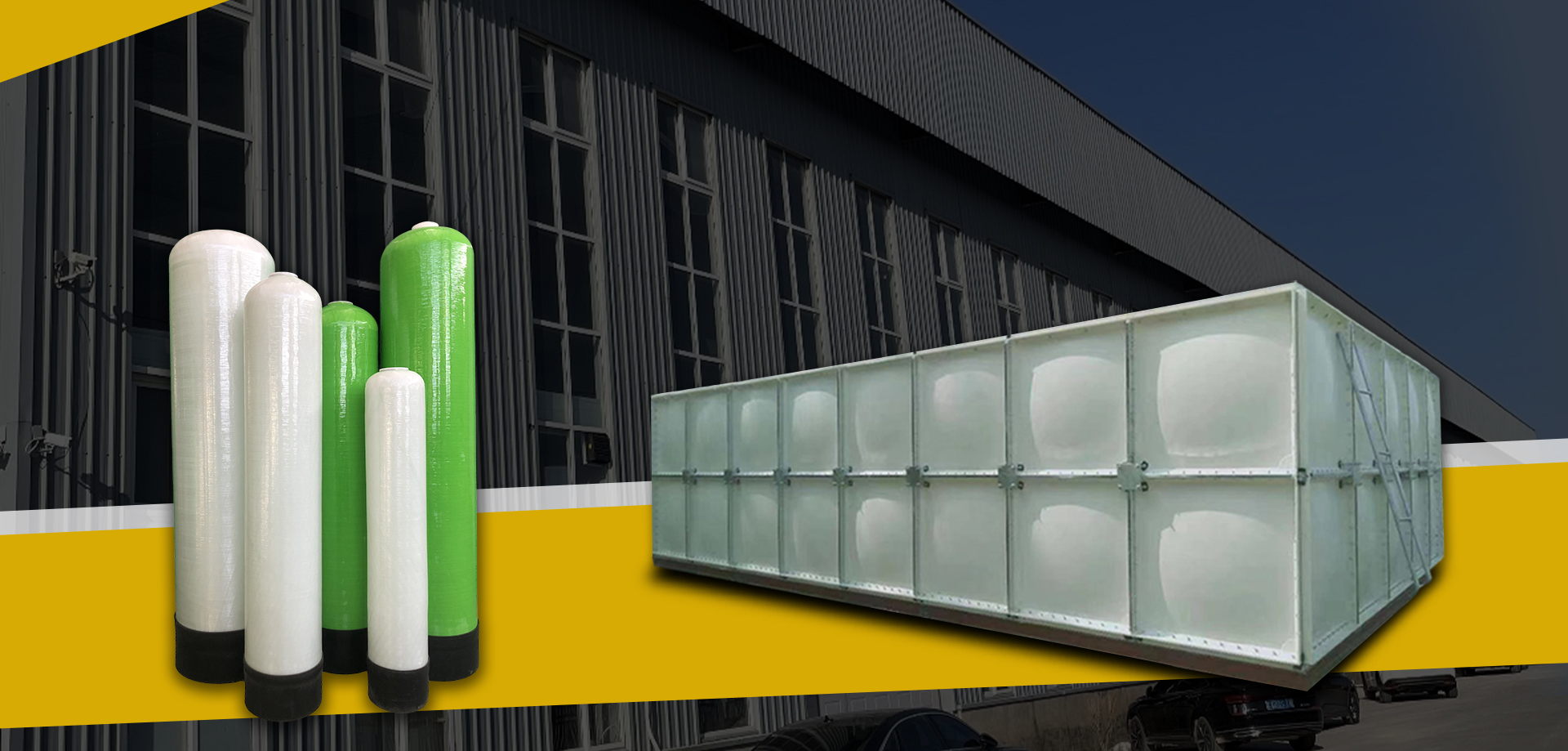loading...
- No. 9, Xingyuan South Street, Dongwaihuan Road, Zaoqiang County, Hengshui, Hebei, China
- admin@zjcomposites.com
- +86 15097380338
- Welcome to visit our website!
safety decking
Safety Decking Ensuring Security and Stability in Construction
In the construction industry, the safety of workers is paramount, and one of the critical components that contribute to this safety is decking. Safety decking refers to the design, materials, and installation methods used in constructing floors and elevated platforms that minimize the risk of accidents and injuries. With the increasing focus on workplace safety, understanding the principles of safety decking has never been more crucial.
The Importance of Safety Decking
Decking serves as the foundation for various structures, providing stability and support during construction projects. Whether it's for scaffolding, roofing, or temporary walkways, the integrity of the decking is vital. Poorly constructed or inadequate decking can lead to slips, trips, falls, and other accidents, which can result in serious injuries or fatalities. Ensuring that decking is designed with safety in mind is necessary to create a secure working environment.
Key Features of Safety Decking
1. Material Selection The materials used for decking play a significant role in its safety features. Common materials include wood, steel, and composite materials. Each comes with its own set of advantages and disadvantages. For instance, treated plywood is commonly used for temporary decking due to its cost-effectiveness and ease of installation. However, steel decking provides enhanced durability and strength, making it a preferred choice for longer-term applications. The selection of appropriate materials is essential to ensure load-bearing capacity and resistance to environmental factors.
2. Non-slip Surfaces Safety decking should feature non-slip surfaces to reduce the risk of falls. Textured finishes or specialized coatings can significantly enhance grip, especially in wet or muddy conditions. These surfaces are particularly crucial on scaffolding or elevated platforms, where the potential for accidents is heightened.
safety decking

3. Load Capacity Understanding the load-bearing capacity of decking is crucial for its safe use. Decks must be engineered to support the weight of workers, equipment, and materials. The design should adhere to local building codes and safety standards, ensuring that the decking can handle the anticipated loads without compromising stability.
4. Regular Inspections and Maintenance Safety does not end with the installation of decking; ongoing inspections and maintenance are essential. Regular checks for wear, damage, or deterioration can identify potential hazards before they lead to accidents. It’s crucial for site managers to establish a routine maintenance schedule and ensure that any issues are promptly addressed.
5. Training and Compliance Educating workers about the importance of decking safety is vital. Comprehensive training programs should inform employees about proper usage, potential hazards, and compliance with safety regulations. Encouraging a culture of safety within the workforce can significantly reduce accident rates.
Advancements in Safety Decking Technologies
In recent years, there have been advancements in safety decking technologies that further enhance its effectiveness. Innovations such as modular decking systems are gaining popularity due to their ease of assembly and disassembly, providing flexibility for various construction projects. Additionally, smart technologies are being integrated into decking materials, allowing for real-time monitoring of load and environmental conditions, which can help in making data-driven decisions about safety protocols.
Conclusion
Safety decking is a fundamental aspect of construction that cannot be overlooked. By focusing on material selection, implementing non-slip surfaces, understanding load capacities, conducting regular maintenance, and ensuring comprehensive training, construction companies can significantly reduce the risk of accidents on job sites. As technologies continue to evolve, the industry must embrace these advancements to further enhance safety standards. Ultimately, prioritizing safety decking is not just about adhering to regulations; it is about valuing the lives of the workers who are the backbone of the construction industry. Through diligent efforts and innovative practices, a safer working environment can be achieved for everyone involved.
-
The Rise of FRP Profiles: Strong, Lightweight, and Built to LastNewsJul.14,2025
-
SMC Panel Tanks: A Modern Water Storage Solution for All EnvironmentsNewsJul.14,2025
-
GRP Grating: A Modern Solution for Safe and Durable Access SystemsNewsJul.14,2025
-
Galvanized Steel Water Tanks: Durable, Reliable, and Ready for UseNewsJul.14,2025
-
FRP Mini Mesh Grating: The Safer, Smarter Flooring SolutionNewsJul.14,2025
-
Exploring FRP Vessels: Durable Solutions for Modern Fluid HandlingNewsJul.14,2025
-
GRP Structures: The Future of Lightweight, High-Performance EngineeringNewsJun.20,2025
